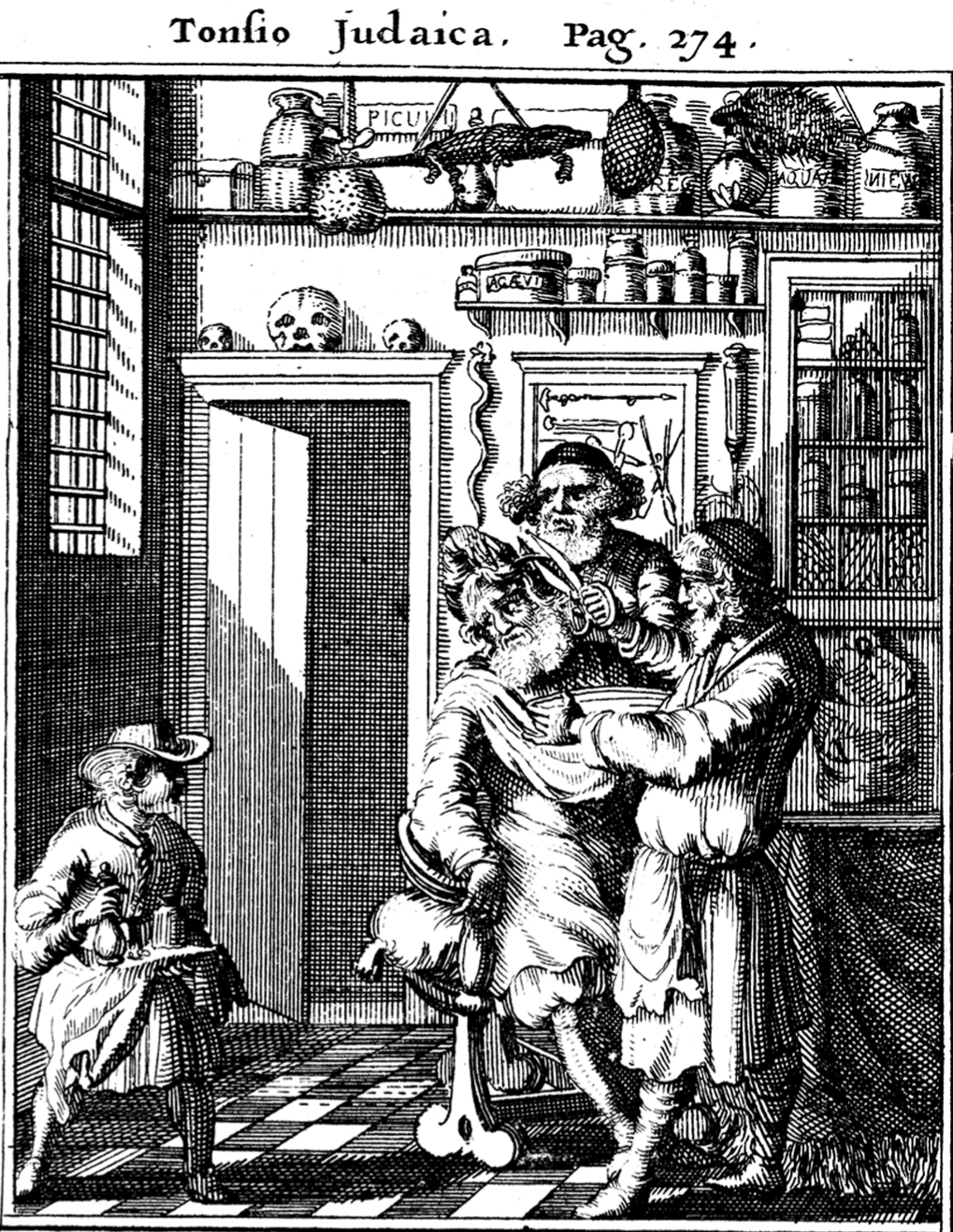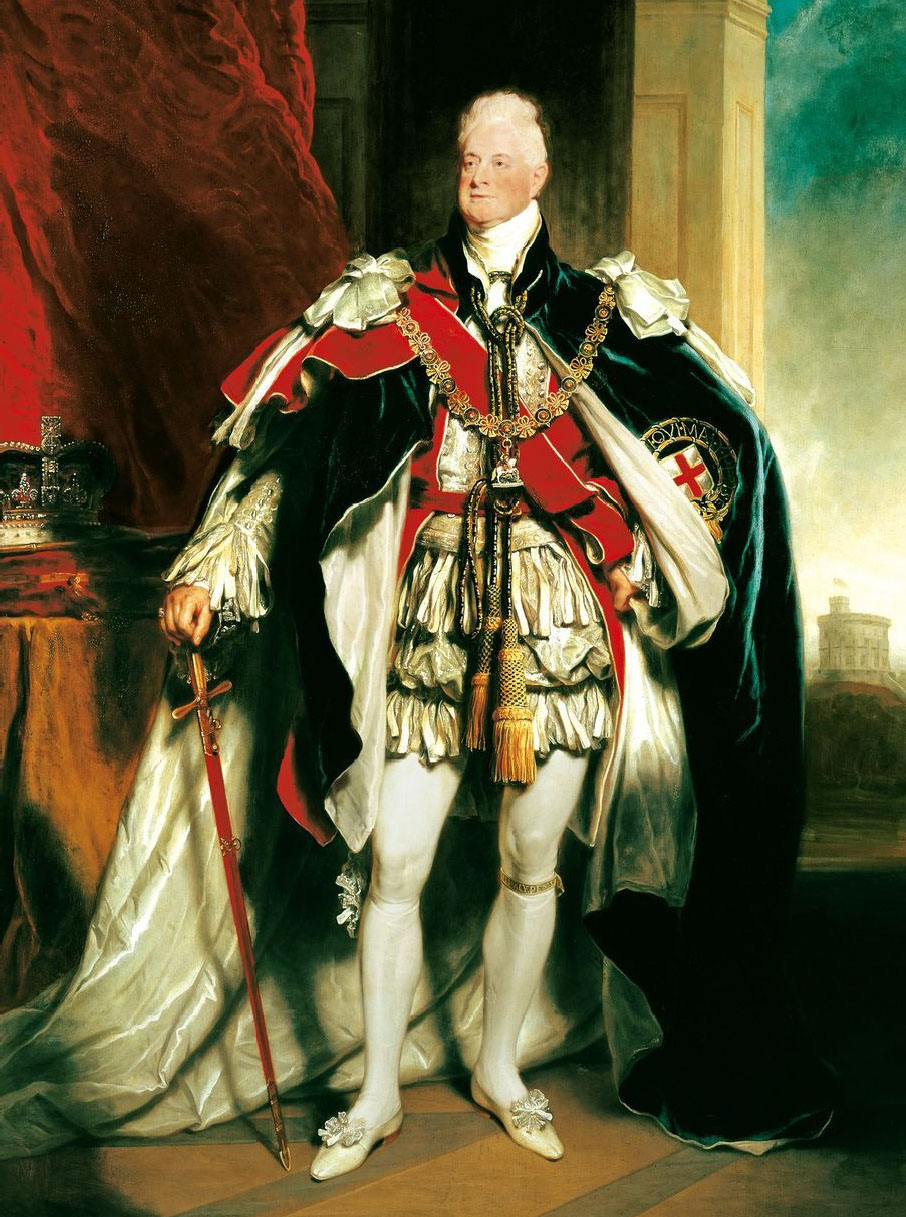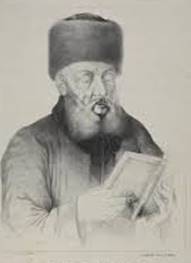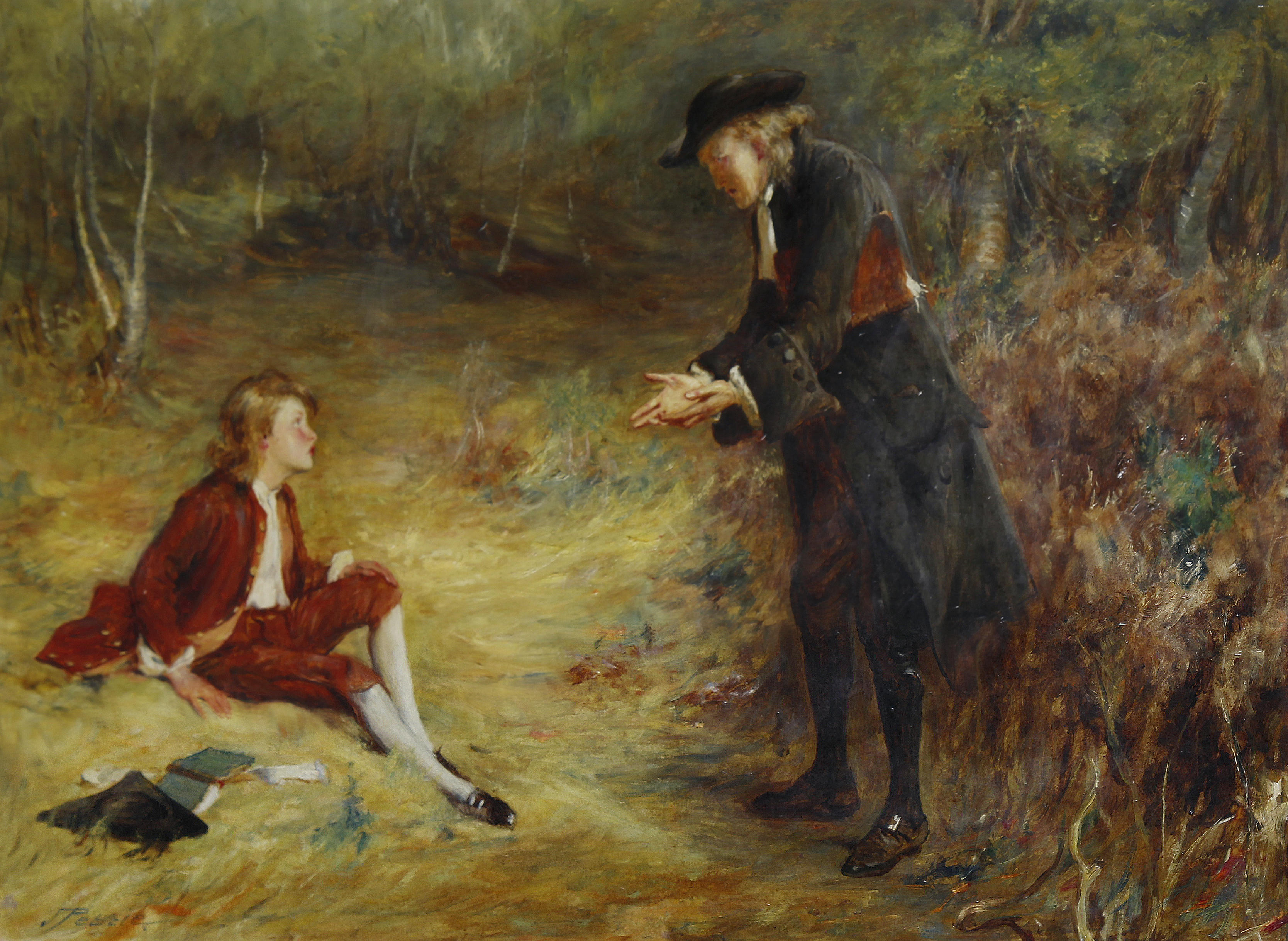|
Szlomo Zalman Lipszyc
Szlomo Zalman Lipszyc (1765 Poznań – 1839 Warsaw), also known as Salomon Zalman Pozner as well as the Chemdas Shlomo from the title of the works he authored, was a prominent Orthodox rabbi, and first Chief Rabbi of Warsaw. He studied Torah in his hometown of Poznań until 1804. Later, material conditions forced him to accept the position of Rabbi of Nasielsk, where he founded a yeshiva. In 1819 he became Rabbi of the Praga district of Warsaw, and in 1821 he was elected the first Chief Rabbi of Warsaw. As chief rabbi, he did not become involved in the disputes of Misnagdim with the Hasidim. He opposed assimilation, condemning the Haskala's Szkoła Rabinów w Warszawie (Warsaw Rabbinical School), and the entry of Jews to the National Guard in 1831 (due to the necessary condition of shaving their beards and payot). Many Polish rabbis studied in his Warsaw yeshiva. He was a prominent halakhic authority and the author of three works entitled Chemdas Shlomo: rabbinical responsa ... [...More Info...] [...Related Items...] OR: [Wikipedia] [Google] [Baidu] |
Poznań
Poznań ( ) is a city on the Warta, River Warta in west Poland, within the Greater Poland region. The city is an important cultural and business center and one of Poland's most populous regions with many regional customs such as Saint John's Fair, Poznań, Saint John's Fair (''Jarmark Świętojański''), traditional St. Martin's croissant, Saint Martin's croissants and a local dialect. Among its most important heritage sites are the Renaissance in Poland, Renaissance Old Town, Poznań Town Hall, Town Hall and Poznań Cathedral. Poznań is the fifth-largest List of cities and towns in Poland#Cities, city in Poland. As of 2023, the city's population is 540,146, while the Poznań metropolitan area (''Metropolia Poznań'') comprising Poznań County and several other communities is inhabited by over 1.029 million people. It is one of four historical capitals of medieval Poland and the ancient capital of the Greater Poland region, currently the administrative capital of the pr ... [...More Info...] [...Related Items...] OR: [Wikipedia] [Google] [Baidu] |
Payot
Sidelocks in English, or ''pe'ot'' in Hebrew, English language, anglicized as payot (, "corners") or payes (), is the Hebrew term for sidelocks or sideburns. Payot are worn by some men and boys in the Orthodox Judaism, Orthodox Jewish community based on an interpretation of the Tanakh's injunction against shaving the "sides" of one's head. Literally, ''pe'a'' means "corner, side, edge". There are different styles of payot among Haredi Judaism, Haredi or Hasidic Judaism, Hasidic, Yemenite Jews, Yemenite, and Chardal Jews. Yemenite Jews call their sidelocks ''simanim'' (), literally, "signs", because their long-curled sidelocks served as a distinguishing feature in Yemenite society (differentiating them from their Gentile neighbors). Rabbinic interpretation Reason According to Maimonides, shaving the sidelocks was a heathen practice. Specifics The Torah says, "you shall not round off the ''pe'a'' of your head ()". The word ''pe'a'' was taken to mean the hair in front of the ears e ... [...More Info...] [...Related Items...] OR: [Wikipedia] [Google] [Baidu] |
1765 Births
Events January–March * January 23 – Prince Joseph of Austria marries Princess Maria Josepha of Bavaria in Vienna. * January 29 – One week before his death, Mir Jafar, who had been enthroned as the Nawab of Bengal and ruler of the Bengali people with the support and protection of the British East India Company, abdicates in favor of his 18-year-old son, Najmuddin Ali Khan. * February 8 **Frederick the Great, the King of Prussia, issues a decree abolishing the historic punishments against unmarried women in Germany for "sex crimes", particularly the ''Hurenstrafen'' (literally "whore shaming") practices of public humiliation. ** Isaac Barré, a member of the British House of Commons for Wycombe and a veteran of the French and Indian War in the British American colonies, coins the term "Sons of Liberty" in a rebuttal to Charles Townshend's derisive description of the American colonists during the introduction of the proposed Stamp Act. Barré notes tha ... [...More Info...] [...Related Items...] OR: [Wikipedia] [Google] [Baidu] |
Chaim Davidsohn
Rabbi Chaim Davidsohn (1760, Pińczów1854, Warsaw) was the second Chief Rabbi of Warsaw. Early years He was born in 1760 to Rabbi David Tebele, from whom he orphaned at an early age. In his youth he became known as an illui, and studied Torah under Rabbi David Tebele of Lissa and, according to some sources, Rabbi Yaakov Lorberbaum of Lissa. At the age of 13 he married Rachel, the daughter of the wealthy Naftali Zvi Tsenzminer. After his marriage, he lived in his father-in-law's house in Warsaw, and continue to study Torah as stipulated by his father-in-law. After the death of his father-in-law in 1811, he entered into his father-in-law's family business, alongside his wife's brother Israel Hirschensohn, while continuing to study Torah with Rabbi Shlomo Eiger (Israel's son-in-law). Community leader He became involved in community affairs, and eventually was considered the senior shtadlan of the Warsaw Jewish community, with his signature appearing on proclamations of the ... [...More Info...] [...Related Items...] OR: [Wikipedia] [Google] [Baidu] |
Łódź
Łódź is a city in central Poland and a former industrial centre. It is the capital of Łódź Voivodeship, and is located south-west of Warsaw. Łódź has a population of 655,279, making it the country's List of cities and towns in Poland, fourth largest city. Łódź first appears in records in the 14th century. It was granted city rights, town rights in 1423 by the Polish King Władysław II Jagiełło and it remained a private town of the Kuyavian bishops and clergy until the late 18th century. In the Second Partition of Poland in 1793, Łódź was annexed to Kingdom of Prussia, Prussia before becoming part of the Napoleonic Duchy of Warsaw; the city joined Congress Poland, a Russian Empire, Russian client state, at the 1815 Congress of Vienna. The Second Industrial Revolution (from 1850) brought rapid growth in textile manufacturing and in population owing to the inflow of migrants, a sizable part of which were Jews and Germans. Ever since the industrialization of the ... [...More Info...] [...Related Items...] OR: [Wikipedia] [Google] [Baidu] |
Golub-Dobrzyń
Golub-Dobrzyń () is a town in north-central Poland, located on the Drwęca. It is the capital of Golub-Dobrzyń County in the Kuyavian-Pomeranian Voivodeship and has a population of 13,060. Golub-Dobrzyń was established on May 5, 1951 through merging two neighbouring towns having faced each other across the river Drwęca for centuries, namely Golub located in the Chełmno Land within historical Pomerelia and Dobrzyń located in the Dobrzyń Land within historical Kuyavia. History History of Golub The village Golub, populated by Polish people, Poles, was first mentioned in a document from 1258; Chełmno Land was granted as a fief by the Duke of Mazovia to the Teutonic Knights in 1231 in return for their forthcoming crusade against the heathen Prussians. The Teutonic Knights built a Ordensburg, castle (1296–1306) and elevated it to German town law, town status. In the 14th century, papal verdicts ordered the restoration of the area to Poland, however, the Teutonic Knights did no ... [...More Info...] [...Related Items...] OR: [Wikipedia] [Google] [Baidu] |
Ohel (grave)
Ohel (; plural: , literally, "tent") is a structure built around a Jewish grave as a sign of prominence of the deceased. cover the graves of some (but not all) Hasidic Rebbes, important rabbis, tzadikim, prominent Jewish community leaders, and biblical figures. Typically a small masonry building, an may include room for visitors to pray, meditate, and light candles in honor of the deceased. Sources According to Krajewska, the tradition of covering a grave with an may be based on the Cave of the Patriarchs, in which Abraham buried Sarah. Nolan Menachemson suggests that the Hasidic tradition of covering the graves of Rebbes with an derives from the ("Tent of Meeting") in which Moses communicated with God during the Israelites' travels in the desert. Construction are usually simple masonry structures. They may include one or two windows. In prewar Poland, the of a Rebbe was located close by the Hasidic court, and was big enough to accommodate a of ten men beside the grave. ... [...More Info...] [...Related Items...] OR: [Wikipedia] [Google] [Baidu] |
Jewish Cemetery, Warsaw
The Warsaw Jewish Cemetery is one of the largest Jewish cemetery, Jewish cemeteries in Europe and in the world. Located on Warsaw, Warsaw's Okopowa Street and abutting the Christians, Christian Powązki Cemetery, the Jewish necropolis was established in 1806 and occupies 33 hectares (83 acres) of land. The cemetery contains over 250,000 marked graves, as well as mass graves of victims of the Warsaw Ghetto. Although the cemetery was closed down during World War II, after the war it was reopened and a small portion of it remains active, serving Warsaw's existing Jewish population. As the necropolis was established to replace many smaller cemeteries closer to the city centre, it was designed to serve all Jewish communities of Warsaw, regardless of their affiliation. Hence, it is subdivided into several districts dubbed quarters (''kwatery''), historically reserved for various groups. Among them are three Orthodox Judaism, Orthodox (for men, women and one for holy scriptures), Reform ... [...More Info...] [...Related Items...] OR: [Wikipedia] [Google] [Baidu] |
The Jewish Encyclopedia
''The Jewish Encyclopedia: A Descriptive Record of the History, Religion, Literature, and Customs of the Jewish People from the Earliest Times to the Present Day'' is an English-language encyclopedia containing over 15,000 articles on the history, culture, and state of Judaism up to the early 20th century. The encyclopedia's managing editor was Isidore Singer and the editorial board was chaired by Isaac K. Funk and Frank H. Vizetelly. The work's scholarship is still highly regarded. The American Jewish Archives deemed it "the most monumental Jewish scientific work of modern times", and Rabbi Joshua L. Segal said "for events prior to 1900, it is considered to offer a level of scholarship superior to either of the more recent Jewish encyclopedias written in English." It was originally published in 12 volumes between 1901 and 1906 by Funk & Wagnalls of New York, and reprinted in the 1960s by KTAV Publishing House. It is now in the public domain. Conception a ... [...More Info...] [...Related Items...] OR: [Wikipedia] [Google] [Baidu] |
Jacob Of Lissa
Jacob Lorberbaum or Jacob ben Jacob Moses of Lissa (1760-1832) , Hebrew: יעקב בן יעקב משה מליסא) was a rabbi and posek. He is most commonly known as the Ba'al HaChavas Da'as or the Ba'al HaNesivos for his most well-known works, or as the " Lissa Rav" for the city in which he was Chief Rabbi. Biography Lorberbaum was the great-grandson of Tzvi Ashkenazi. According to one tradition, his father, Yaakov Moshe, died before he was born. His relative, Joseph ben Meir Teomim, the rabbi of Bursztyn, brought him up. This accounts for the common name that both father and son share. Another tradition states that before he was born, his father fell ill, and dreamed that he would recover in the merit of the son that would be born to him. In the merit of his future son, the father took his name-to-be. Another legend is that at his naming ceremony, his father was preoccupied with his study and thought they asked for his name. He studied under Meshullam Egra. He was head of t ... [...More Info...] [...Related Items...] OR: [Wikipedia] [Google] [Baidu] |
Akiva Eger
Akiva Eiger (, also spelled Eger; , ), or Akiva Güns (8 November 1761 – 12 October 1837) was a Talmudic scholar, halakhic decisor and leader of European Jewry during the early 19th century. Eiger is considered one of the greatest Talmudic scholars of modern times and among the most prominent. His name has become synonymous with Talmudic genius in Jewish scholarly culture, and his Torah is studied in the Batei Midrash of contemporary yeshivas. His methods of study and the logic he applied remain relevant today, unlike other Aharonim who tended towards Pilpul. In addition to his significant influence on the study of the Talmud and the works of the Rishonim, Akiva Eiger had a decisive impact in the field of halakha. His glosses printed on the margins of the Shulchan Aruch, as well as his responsa in his Shut works, are foundational elements in the world of daily halachic ruling and the realm of Dayanut. At the beginning of his career, he avoided taking on a rabbinical po ... [...More Info...] [...Related Items...] OR: [Wikipedia] [Google] [Baidu] |
Sermons
A sermon is a religious discourse or oration by a preacher, usually a member of clergy. Sermons address a scriptural, theological, or moral topic, usually expounding on a type of belief, law, or behavior within both past and present contexts. Elements of the sermon often include exposition, exhortation, and practical application. The act of delivering a sermon is called preaching. In secular usage, the word ''sermon'' may refer, often disparagingly, to a lecture on morals. In Christian practice, a sermon is usually preached to a congregation in a place of worship, either from an elevated architectural feature, known as a pulpit or an ambo, or from behind a lectern. The word ''sermon'' comes from a Middle English word which was derived from Old French, which in turn originates from the Latin word meaning 'discourse.' A ''sermonette'' is a short sermon (usually associated with television broadcasting, as stations would present a sermonette before Sign-off (broadcast), signing ... [...More Info...] [...Related Items...] OR: [Wikipedia] [Google] [Baidu] |







